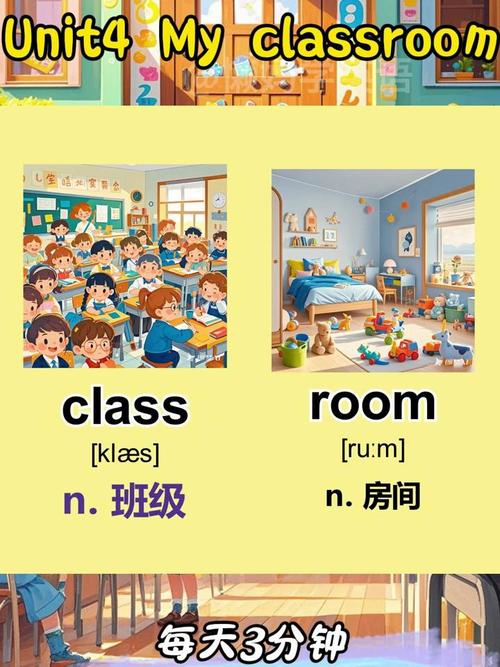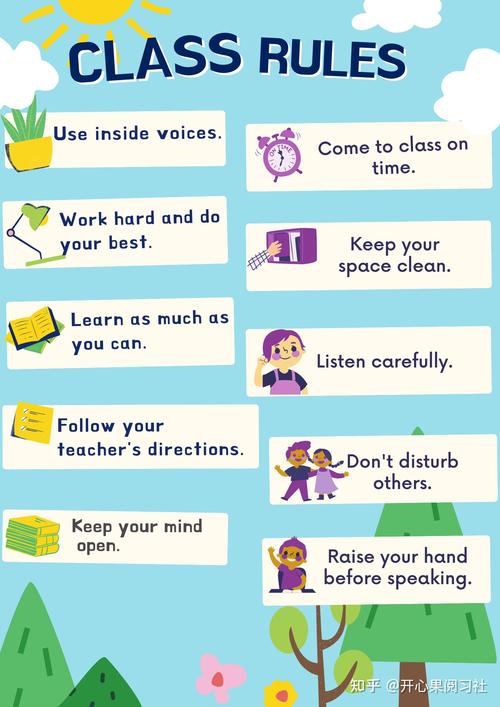
Classroom Money Games for 1st Graders: A Comprehensive Guide
Teaching financial literacy at an early age is crucial, and what better way to do so than through engaging and interactive games? Classroom money games for 1st graders are a fantastic way to introduce basic financial concepts in a fun and memorable manner. In this article, we will explore various money games that can be used in the classroom, their benefits, and how to implement them effectively.
Benefits of Money Games for 1st Graders
Money games offer numerous benefits for 1st graders, including:

-
Enhancing numeracy skills
-
Developing problem-solving abilities
-
Teaching the value of money
-
Encouraging teamwork and cooperation

-
Creating a positive learning environment
Top Money Games for 1st Graders
Here are some popular money games that are suitable for 1st graders:
1. The Coin Counting Game
The Coin Counting Game is a simple and effective way to teach students about different coin values. To play, provide each student with a set of coins (pennies, nickels, dimes, and quarters) and a container. Students must count out the coins and determine their total value. This game can be played individually or in small groups.
2. The Shopping Spree Game
In this game, students act as shoppers who have a budget. They must choose items from a list of products, and the teacher calculates the total cost. Students must decide which items they can afford with their budget. This game helps students understand the concept of budgeting and the importance of making smart purchasing decisions.
3. The Bank Game
The Bank Game is a fun and interactive way to teach students about saving and earning interest. Students act as customers who deposit money into a “bank” (a simple box or container). The teacher acts as the bank manager and pays interest on the deposits. This game encourages students to save their money and understand the benefits of saving.
4. The Budgeting Challenge
The Budgeting Challenge is a game that teaches students how to create a budget. Students are given a list of expenses (rent, utilities, groceries, etc.) and must allocate their income to cover these expenses. This game helps students understand the importance of managing their finances and making responsible spending decisions.
5. The Money Match Game
The Money Match Game is a matching game that helps students learn the values of coins and bills. Students are given a set of coins and bills, and they must match them with their correct values. This game can be played individually or in pairs, and it is a great way to reinforce the concepts of coin and bill values.
Implementing Money Games in the Classroom
When implementing money games in the classroom, consider the following tips:
-
Introduce the game and its objectives before playing
-
Provide clear instructions and guidelines
-
Encourage students to work together and collaborate
-
Monitor the game to ensure that students are learning and having fun
-
Review the game and discuss the concepts learned
By incorporating these money games into your classroom, you can help 1st graders develop a strong foundation in financial literacy. These games are not only entertaining but also educational, making them a valuable tool for teachers and students alike.



